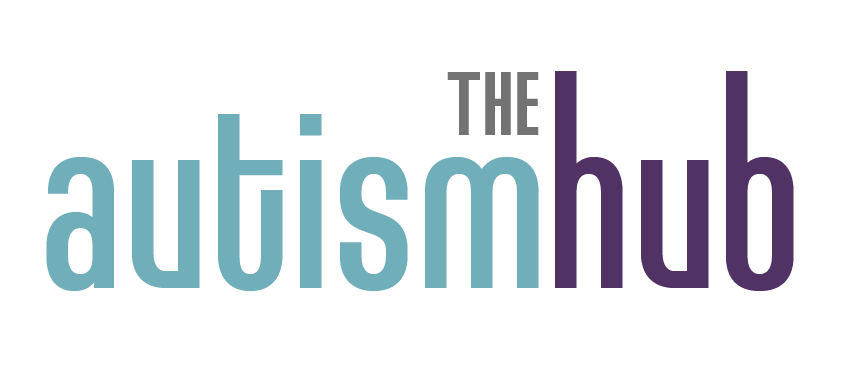The implementation and use of AAC in any context is something that requires careful planning, consideration, flexibility, motivation and a positive attitude.
Whilst it can be difficult to juggle AAC with other factors such as managing the environment, completing a task, family, existing routines and daily life in general, it can open a whole new world to the user and their communication partners.
Here are some tips for implementing and supporting AAC
- The introduction of AAC requires systematic assessment, planning, implementation, ongoing monitoring, updating and adjustment, otherwise a system is generally neglected
- An AAC system must be multimodal and integrated across an individual’s different environments, i.e. educational, home, community.
- The components and features of any AAC system need to be aligned with what best suits the individual in terms of their language functions, level of comprehension and expression, understanding of representation and initiation. For example, a combination of high and low technology, aided and unaided AAC supports may be best.
- If an AAC system does not have appropriate message selection which is motivating for the user to communicate, then that may cause a barrier in itself.
- Working together is key! Collaboration between parents and professionals, effective teaming and leadership, a shared vision, clear roles and responsibilities and a consensus of expectations needs to be discussed and established.
- Integrate practices and supports around the individual. It can be difficult for teachers to integrate communication systems into a learning environment and ‘in-house’ training by a Speech Pathologist is beneficial as it sets up a support system and strategies can be incorporated into an existing framework. Multiphase teacher professional development around AAC in the classroom has also been found to be successful, with a significant increase in student initiation, generalisation and maintenance of skills recorded.
- Be positive! Communication partners are essential supports and participants in interactions, particularly for those individuals with limited communication and an attitude, positive or negative, can determine whether an interaction will be successful. Negative attitudes towards AAC may act as a barrier to successful interactions, as reduced opportunities to learn and develop skills may be provided.
- Flexibility of communication partners, activities and supports is important and should be based around the individual’s preferences, interests, strengths and weaknesses
- The system must be accepted by the user, communication partners and there must be a level of motivation and communicative intent for an AAC system to be successful.

Author
Delna Pryde
DIRECTOR OF SPEECH THERAPY
Giant Steps Sydney
Reference
This information has been compiled from the following sources
-
Breitenbach, M. M., Armstrong, V. L., & Bryson, S. E. (2013) The implementation of best education practices for a student severely affected by autism. International Journal of Inclusive Education, 17, 277-294.
-
Clarke, M., McConachie, H., Price, K., & Wood, P. (2001). Speech and language therapy provision for children using augmentative and alternative communication systems. European Journal of Special Needs Education, 16, 41-54.
-
Dada, S., & Alant, E. (2002). A comparative study of the attitudes of teachers at special and educationally inclusive schools towards learners with little or no functional speech using communication devices. South African Journal of Education, 22, 213-218.
-
Hetzroni, O. E. (2003). A positive behaviour support: A preliminary evaluation of a school‐wide plan for implementing AAC in a school for students with intellectual disabilities. Journal of Intellectual and Developmental Disability, 28, 283-296.
-
Iovannone, R., Dunlap, G., Huber, H., & Kincaid, D. (2003). Effective educational practices for students with Autism Spectrum Disorders. Focus on Autism and other Developmental Disabilities, 18, 150-165.
-
Lobur, J. (2007). Attitudes of communication partners towards AAC users. Masters thesis, University of North Carolina, Chapel Hill.
-
McMillan, J. M. (2008). Teachers make it happen: From professional development to integration of augmentative and alternative communication technologies in the classroom. Australasian Journal of Special Education, 32, 199-211.
-
Nunes, D., & Hanline, M. F. (2007). Enhancing the alternative and augmentative communication use of a child with Autism through a parent‐implemented naturalistic intervention. International Journal of Disability, Development and Education, 54, 177-197.
-
Ogletree, B. T., Oren, T, & Fischer, M. A. (2007). Examining effective intervention practices for communication impairment in autism spectrum disorder. Exceptionality: A Special Education Journal, 15, 233-247.
-
Sigafoos, J. & Iacono, T. (1993) Selecting augmentative communication devices for persons with severe disabilities: Some factors for educational teams to consider. Australia and New Zealand Journal of Developmental Disabilities, 18, 133-146.
Tags
Resources
Documents and resources providing further support for article.
-
Insert link and text here
Recommended Posts







